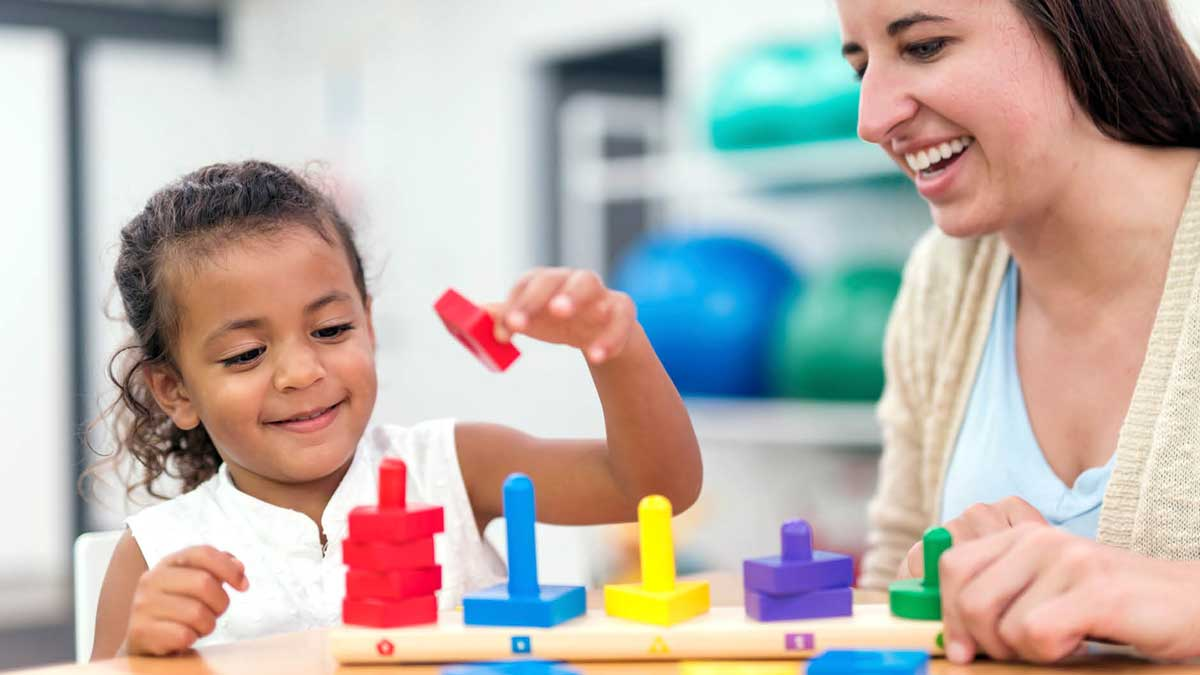When children face challenges in performing everyday tasks—such as dressing, feeding, playing, or interacting with peers—occupational therapy can be a life-changing resource. Designed to promote independence and improve functional skills, occupational therapy (OT) plays a vital role in supporting children with developmental delays, physical limitations, sensory processing difficulties, and neurological conditions, including cerebral palsy.
Occupational therapy is not only about helping children learn new skills; it’s about empowering them to participate more fully in their daily lives. Whether in the classroom, at home, or on the playground, occupational therapists use personalized strategies and tools to help children reach their fullest potential.
Understanding What Occupational Therapy Is
Occupational therapy focuses on enabling people of all ages to engage in meaningful activities, or “occupations,” that are important for daily life. For children, these occupations include self-care (like brushing teeth and getting dressed), school-related tasks (such as writing or using scissors), and play, which is crucial for social and cognitive development.
OT for children takes a holistic approach, looking at the child’s physical abilities, sensory processing, emotional regulation, and social engagement. Therapists often work in close partnership with parents, teachers, and other healthcare professionals to create consistent support across environments.
Supporting Children with Cerebral Palsy
One of the most common reasons a child may be referred to an occupational therapist is a diagnosis of cerebral palsy. This group of neurological disorders affects movement, coordination, and posture due to damage to the developing brain—usually before or during birth. Depending on the type and severity, cerebral palsy can significantly impact a child’s ability to perform everyday tasks independently.
Occupational therapy plays a crucial role in helping children with cerebral palsy develop the fine motor skills necessary for activities like feeding, dressing, or holding a pencil. Therapists may also introduce adaptive tools or techniques to make these tasks more manageable. For example, a child who struggles with hand coordination might benefit from utensils with special grips or dressing aids that simplify putting on clothes.
How Occupational Therapy Enhances Daily Life
Occupational therapists tailor their interventions to each child’s unique challenges and strengths. Here are several key areas in which OT enhances daily life for children, including those with cerebral palsy:
1. Improving Fine Motor Skills
Fine motor skills involve small, precise movements, especially of the hands and fingers. These skills are essential for writing, buttoning shirts, zipping jackets, and manipulating toys. Children with cerebral palsy often experience difficulties with muscle tone and coordination, which can hinder these movements. Occupational therapy provides targeted exercises and playful activities to build strength and control in these areas.
2. Supporting Sensory Processing
Some children have trouble interpreting sensory information like touch, sound, or movement. This can result in overreacting (hypersensitivity) or underreacting (hyposensitivity) to sensory stimuli. Occupational therapists use sensory integration techniques to help children process sensory input more effectively, making it easier for them to stay calm and focused in daily routines.
3. Fostering Independence in Self-Care Tasks
Many children with physical or developmental conditions, such as cerebral palsy, need assistance learning how to perform self-care activities. Occupational therapy breaks down these tasks into manageable steps and offers tools that promote independence. This may include training in toilet use, grooming, feeding, and dressing.
4. Enhancing Participation in School and Play
Participation in school and social activities is vital to a child’s development. OT helps children engage with their peers, follow classroom routines, and use educational tools like pencils, scissors, or computers. For children with cerebral palsy, therapists may adapt classroom materials or introduce alternative communication methods to support learning and interaction.
5. Building Confidence and Emotional Resilience
Achieving even small milestones through occupational therapy can have a significant impact on a child’s confidence. Children with cerebral palsy, who may face ongoing physical challenges, often benefit emotionally from mastering new skills and participating in activities more independently. Therapists also teach coping strategies and emotional regulation techniques to support social and emotional well-being.
Collaborative Approach with Families
An essential part of occupational therapy is involving families in the therapeutic process. Parents are guided on how to incorporate therapy techniques into daily routines at home, turning everyday moments into learning opportunities. This collaborative approach ensures that the child’s progress is consistent and meaningful beyond the therapy session.
In the case of cerebral palsy, where ongoing care and support are often required, occupational therapists can also help families plan for long-term needs, including accessibility adaptations, school accommodations, and transitions into adolescence and adulthood.
Conclusion
Occupational therapy plays an indispensable role in helping children with physical, developmental, or neurological conditions lead more fulfilling lives. Whether a child is navigating the challenges of cerebral palsy or simply needs support to strengthen fine motor skills, OT offers practical, customized solutions that promote independence, participation, and confidence.
By focusing on each child’s unique needs and goals, occupational therapists not only support physical development but also empower children to connect with the world around them in meaningful ways. Through this work, children can discover their capabilities and grow into more self-sufficient, confident individuals—no matter the challenges they face.
Keep an eye for more latest news & updates on Daily!



